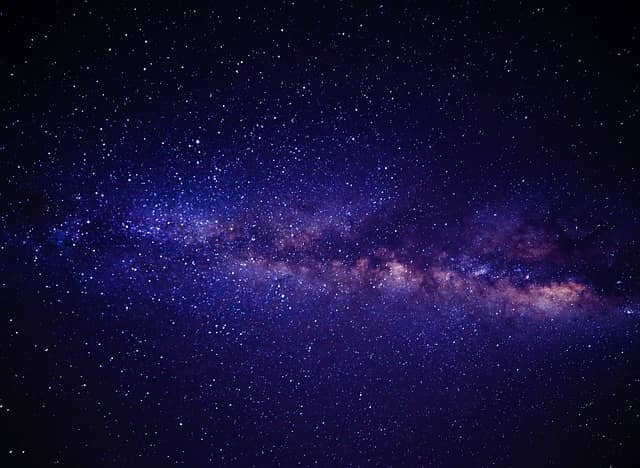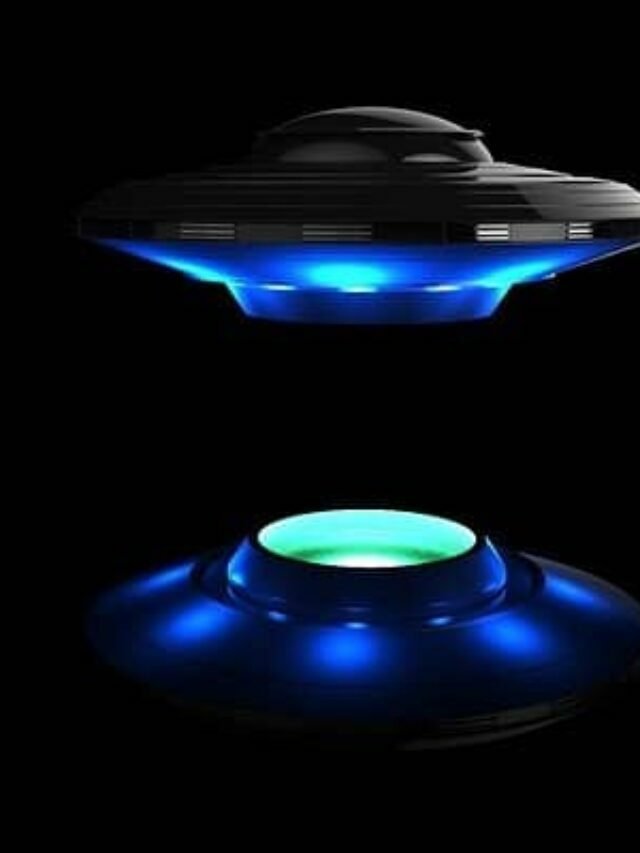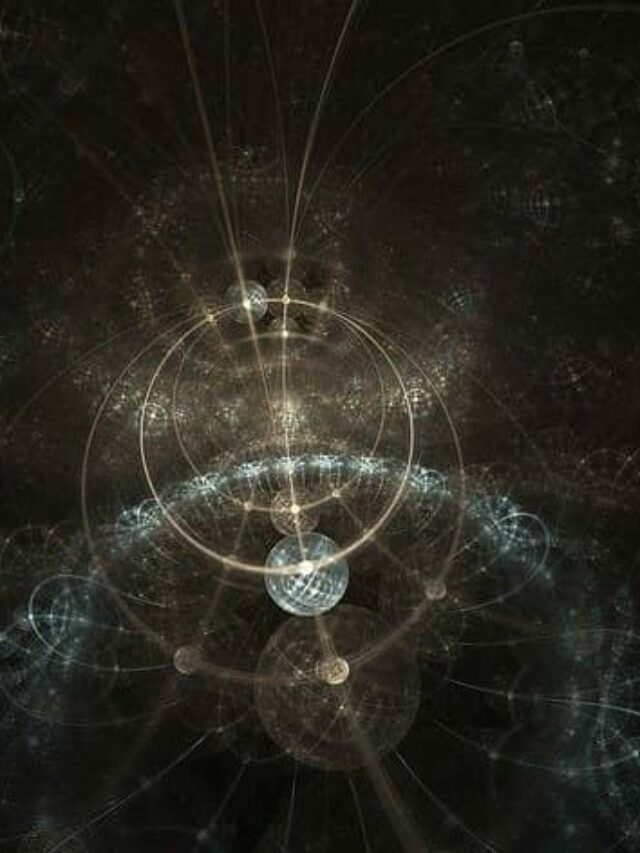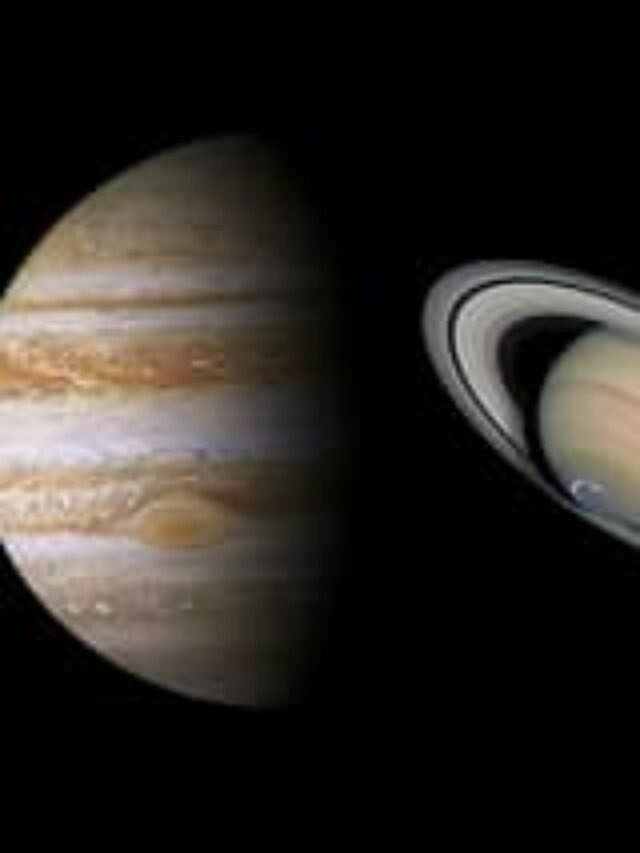Do you know what is star made of and diameter size! No worries what is star in science simply elaborated in this blog post. You can find the star related facts here and frequently asked questions on star at the bottom of this post.
what is star in science simply elaborated
A star is an astronomical object containing a bright spheroid of plasma held together by its gravity. Astronomical object is a naturally occurring physical existence or structure that exist in the viewable universe. A spheroid is also known as a rotational ellipsoid. An ellipsoid with two equal diameters.
During my childhood days I used to count stars from my roof while playing with my family members or friends. At the time it was just a game for me who knows I will be writing on stars and on complete universe professionally someday. You might have tried counting stars in your childhood days let me know your experience in the below comment box. In my case my teacher told me that stars are countless or infinite. Anyways let’s get back to the topic.
Did you know the sun is also a star and more interestingly the sun is the nearest star to earth and this is one of the reasons it looks bigger than any other stars. During night many stars are visible with naked eyes but there inferior distance from the earth makes them appear as fixed blinking light points.
Astronomers have categorized the star catalogues and many of the brightest stars have their names. Constellation and asterism are two categories of star. An estimated value denotes an observable universe contains 10²² to 10 square 24 stars. Out of these only four thousand stars are visible by our naked eyes within the milky way galaxy.
In case you missed – Why sun is hot facts and myths
Star Facts

Remnants of supernova the Crab Nebula was first observed around 1050 AD.
Betelgeuse is a red supergiant.
ALMA Is an astronomical interferometer radio telescope.
A cluster of 500 young stars located nearby W40 Steller nursery.
Sun is a G-type main sequence star closest to earth.
Young stars’ rotation can be greater than 100 km/s at the equator.
Depending on latitude the sun rotates every 25 to 35 daysWith an equatorial velocity of 1.93 km/s.
Star surface temperature is determined by the energy production rate of its core and by its radius.
Energy production at the core is responsible for the star shine.
To form a single atomic nucleus of a new heavier element every time two or more atomic nuclei fuse together.
Most number of stars are between 1 billion to 10 billion years old.
Star formation
Gravitational instability within a molecular cloud, caused by regions of higher density is responsible for the beginning of star formation.
Low mass stars –
- Mid sized star (Sun)
- Red giant Arcturus
- Ludo star – V1647 Orionis
- Red dwarf – Proxima Centauri
- Star forming nebula – Eagle Nebula.
High mass stars –
- Massive stars – Spica.
- Red supergiant – Betelgeuse.
- Supernova – Kepler’s star (Remnant crab nebula).
faq
What is star in science?
Stars are space objects that produce their own energy through fusion reactions of gases. Stars are round gas burning energy producing luminous orbs.
What is star made of?
Star is a Luminous ball of gas made of mostly hydrogen and helium held together by its own gravity.
Spheroid has which type of symmetry?
Spheroid has circular symmetry.
What is Plasma in science?
Plasma is one of the four fundamental states of matter containing charged particles such as ions and electrons.
What is gravity?
Gravity is a fundamental interaction responsible for mutual attraction between all things with mass and energy.
Is earth a star?
No earth is not a star instead it is a planet.
Is Sun a star?
Yes, the sun is a nearest star to the earth.
Who named the stars for the first time in history?
Johann Bayer first used the Greek letters for star names.
Do stars move?
Yes, stars are not fixed they are moving constantly.
How big is a star?
The stars are 20 to 40 km in diameter.
Are stars liquid?
Stars are hot ball of gas mostly made up of hydrogen and hydrogen condenses to a liquid at – 423° Fahrenheit.
Do stars really blink or twinkle?
Stars do not really blink, they just appear to blink while seeing from the surface of the earth.
Read More




